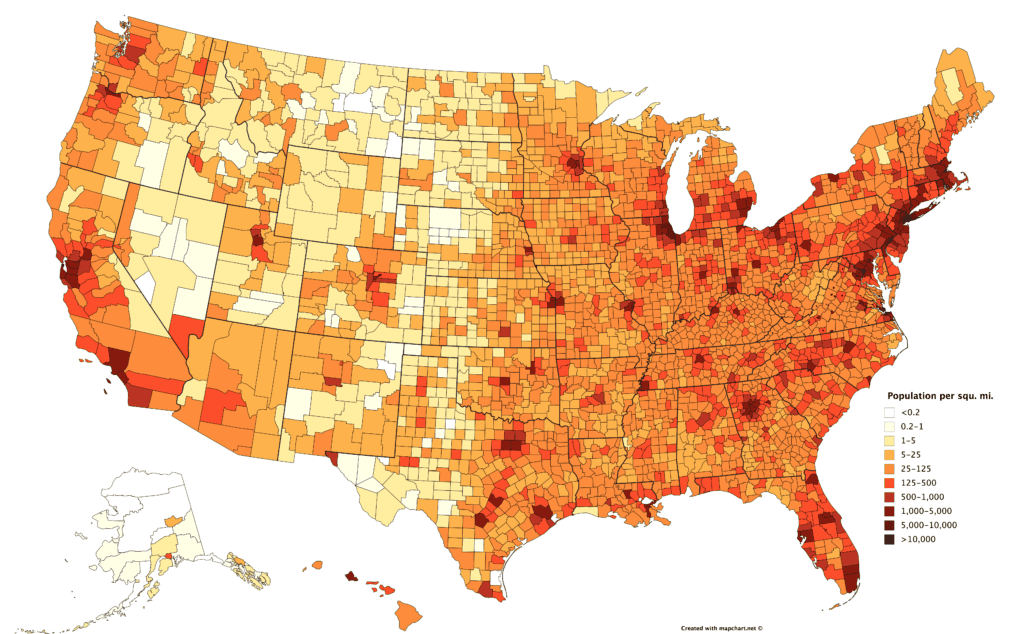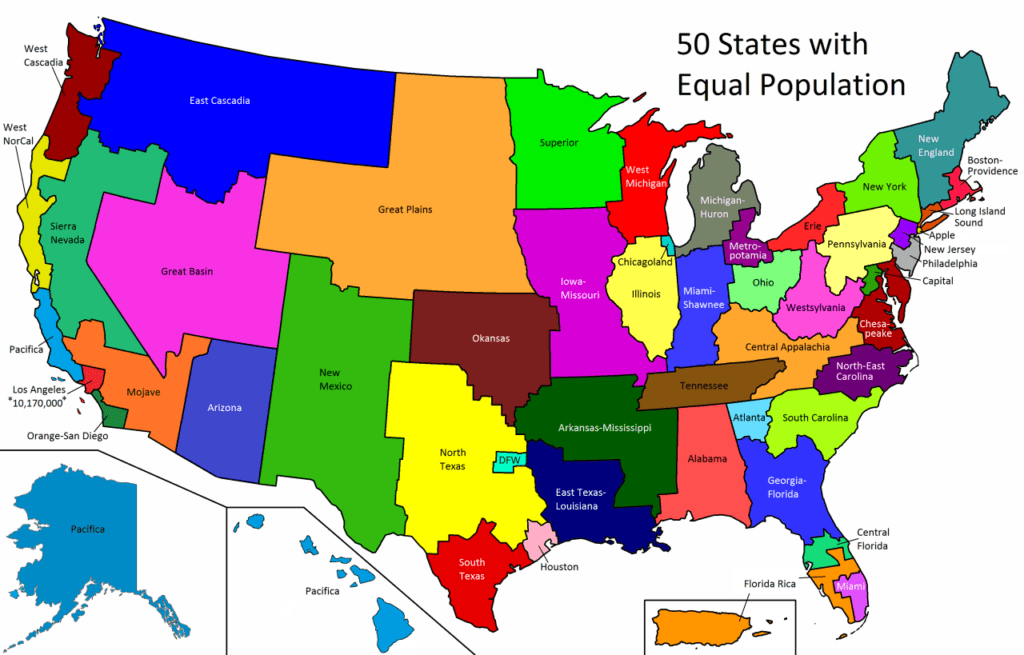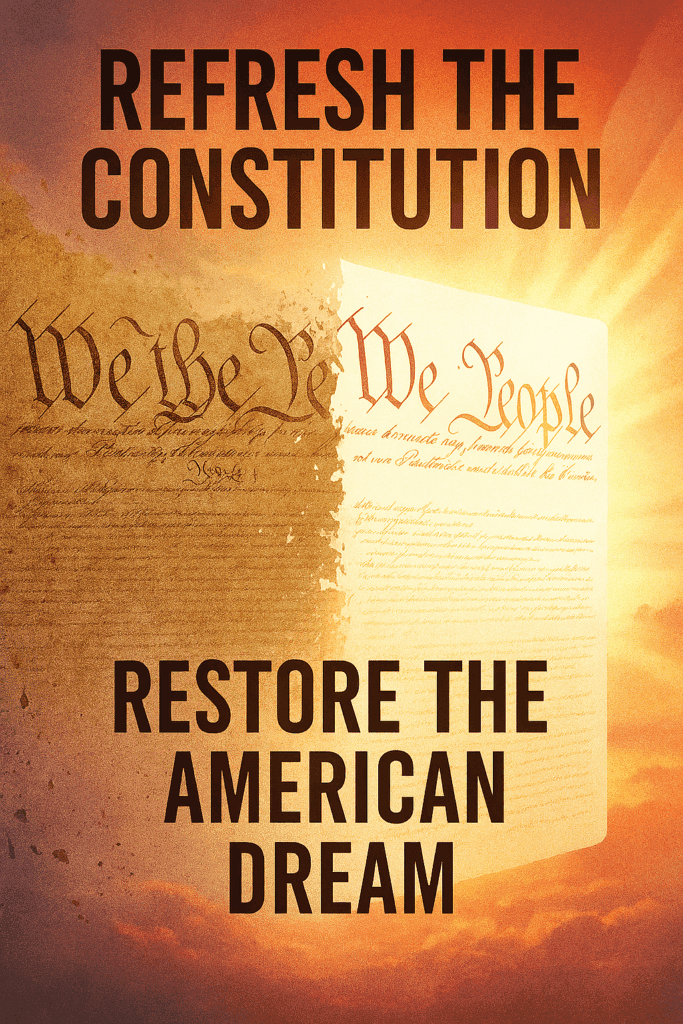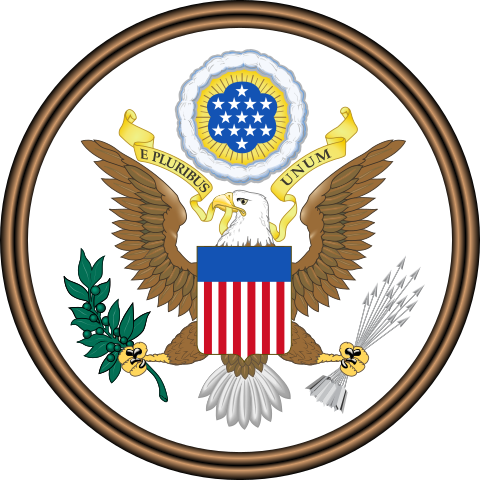The States are Democracies, but the United States Is Not
The individual states of the United States are democracies, but the union of the states is not.
Consider that when interpreting people’s opinions about US democracy.
Pew Research Poll
A Pew Research poll in 2022 found
“A majority of Americans are dissatisfied with the way democracy is working in the country. About six-in-ten U.S. adults (58%) say they are not satisfied with the way democracy is working in America.”
“[T]he vast majority of Americans (85%) said that the U.S. political system either needs major changes (43%) or needs to be completely reformed (42%). Among U.S. adults who say they want significant political reform, 58% said they are not confident the system can change.”
That’s not too surprising, though the individual states are democracies, the United States is a republic of those states attempting to balance the rights of all states.
The Union Is Not Democratic
The United States is a democratic republic. The Individual states have democratic elections, but the United States does not. It is ruled, as specified in the Constitution and the Bill of Rights, by the results of elections in the individual states. Those state results are expressed in the composition of Congress and in the election of the president by the Electoral College.
Senate

Each state in the union has two senators, elected by the state’s voters. This senior body of the legislative branch has numerous powers, including approval of the presidential nominees, ambassadors, and foreign treaties.
About 16% of the total US population, the twenty-five least populated states, elect half of the senators. That leaves 84% of the citizens represented by the other half of the senators. That is not democratic.
Presidential Election
Two elections in the past seven have seen the electoral college deliver a winner who received fewer votes that his opponent. The installed president was not the majority’s choice, not the democratic choice.
House of Representatives
The House gives a better indication of overall United States voting sentiment, but it is distorted by gerrymandering. For example, in Pennsylvania’s 2012 representative elections, more Democratic votes were cast than Republican, but thirteen Republicans were seated and only five Democrats. Clearly, that’s not democratic representation.
Needed Changes in Elections

Elect the 100 senators from evenly populated districts. The figure on the left is a sample map of proposed senatorial districts.
Elect the president with the largest national vote. Get rid of the electoral college. Direct election will also lead presidential candidates to focus on all voters, not just those in battleground states.
Minimize gerrymandering. Have professional geographers draw Congressional districts based on local commonalities. Remove politicians from redistricting. Their self-interest biases them.
Citations
Pew Research Poll of June 30, 2022. https://www.pewresearch.org/fact-tank/2022/06/30/how-americans-see-their-country-and-their-democracy/
Population Density Map. https://i.redd.it/jotr8catz0111.png
Equal Population States by u/Narmatonia https://mapsontheweb.zoom-maps.com/post/157197367566/50-us-states-with-roughly-equal-population-by
Additional Information
Representation Must Match Votes Gerrymandering is an abuse of majority rule.
Two Campaign and Four Election Process Changes Let’s have all the information we need to evaluate the presidential candidates.
Democracy or Mobocracy Individual rights are not subject to majority approval.
Constitutional Paradox Presidential pardon example.



You are not wrong, democracy in American does not exist under the current election process. I think the solution is with the states. The federal government is composed of representatives of each state in our great union of states. Your proposal focuses on the federal as independent and representative of the entire nation and not each state. The federal government was always meant to be each state coming together to solve issues involving the entire nation. I worry about a federal government that is not balanced, and that is also a concern at the state level. I think moving to a political party free election will eliminate gerrymandered maps based on political party. State constitutional amendments specifically preventing political gerrymandering and corporate funds (overturning citizens united) are also needed.
Tracy, thank you for your thoughtful comments. I’m working on a response, but it may take another day or two. You’ve raised an issue that deserves a fuller conversation, and I want to give it the attention it deserves. —Bob
Commentary regarding state democracy with a healthy influence of theater:
No, this is step 1 of democratizing the United States.
Entrenched state interests would fight against the loss of their senatorial powers.
Also, a simple majority electing the president would require a constitutional amendment, to eliminate the Electoral College.
I was curious to see presentations of this idea in the media and found a couple of articles.
https://thehill.com/homenews/campaign/452738-sanders-says-he-favors-abolishing-the-electoral-college/ – a few years old. Not much detail, but highlights some verbal support among democrats
https://www.foxnews.com/opinion/end-electoral-college-sight-democrats-keep-getting-way – very recent. Acknowledges the non-democracy of the federal gov and argues that’s a feature not a flaw. Argues it protects minorities rights which is a funny way to describe republicans. A careful description of Biden’s 2020 win as being close due to electoral college’s role ( “In 2020, Biden owed his Electoral College victory to just 43,809 votes…”) and purposefully ignoring the 81M vs 72M popular vote diff.
Good points.
Another aspect of the federal government is the executive branch is designed to be balanced by the legislative and judicial branches. Back in 1973, “The Imperial Presidency” showed the crippling of that founders’ intention.
Interesting and the map you included helped me to ‘see’ the problem.
From my very limited understanding, the coordination required to change borders/create new states would require interstate legislative agreements and federal congressional approval: a large undertaking to put it mildly. Do you know of any existing efforts to make this a reality?